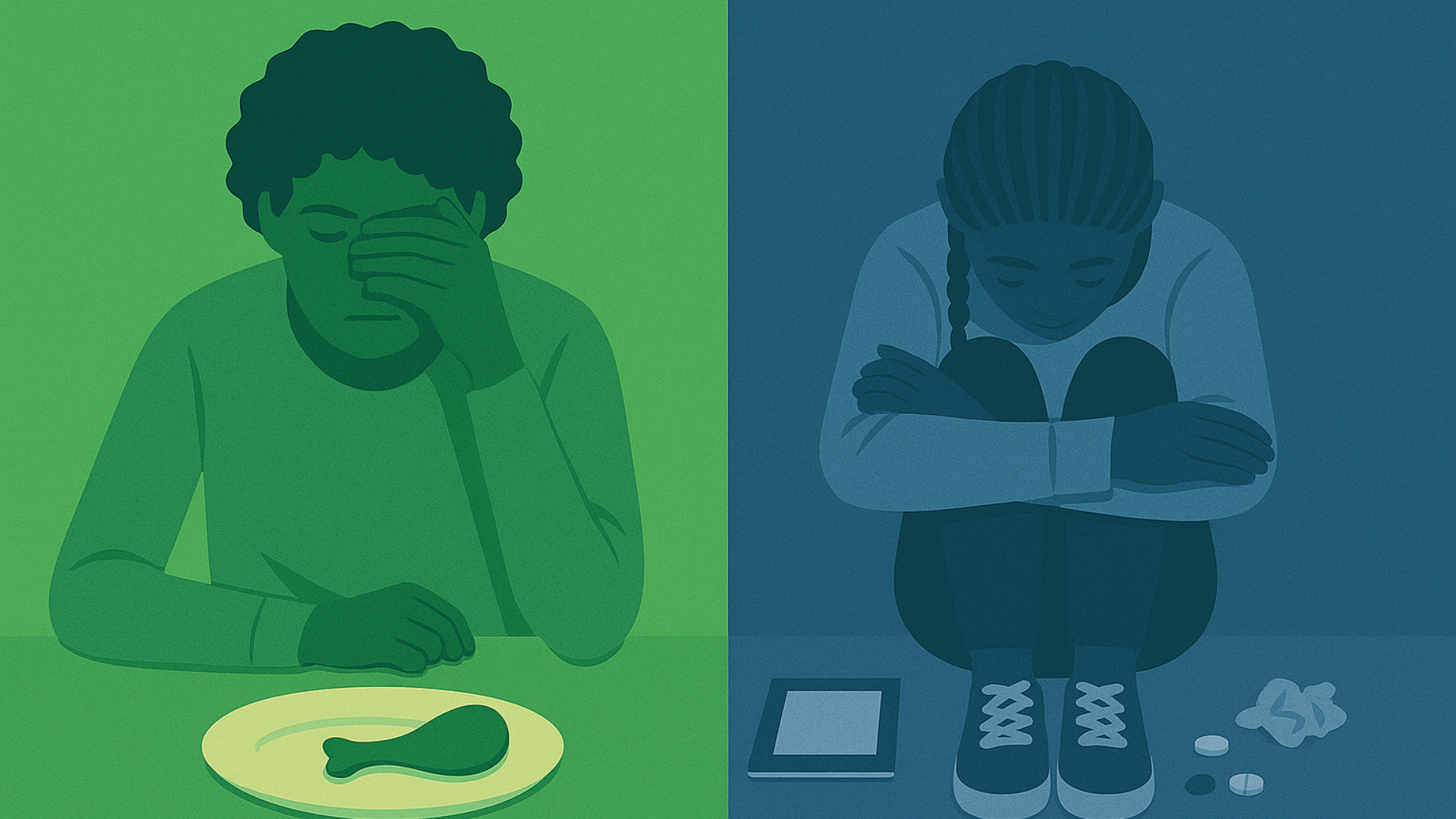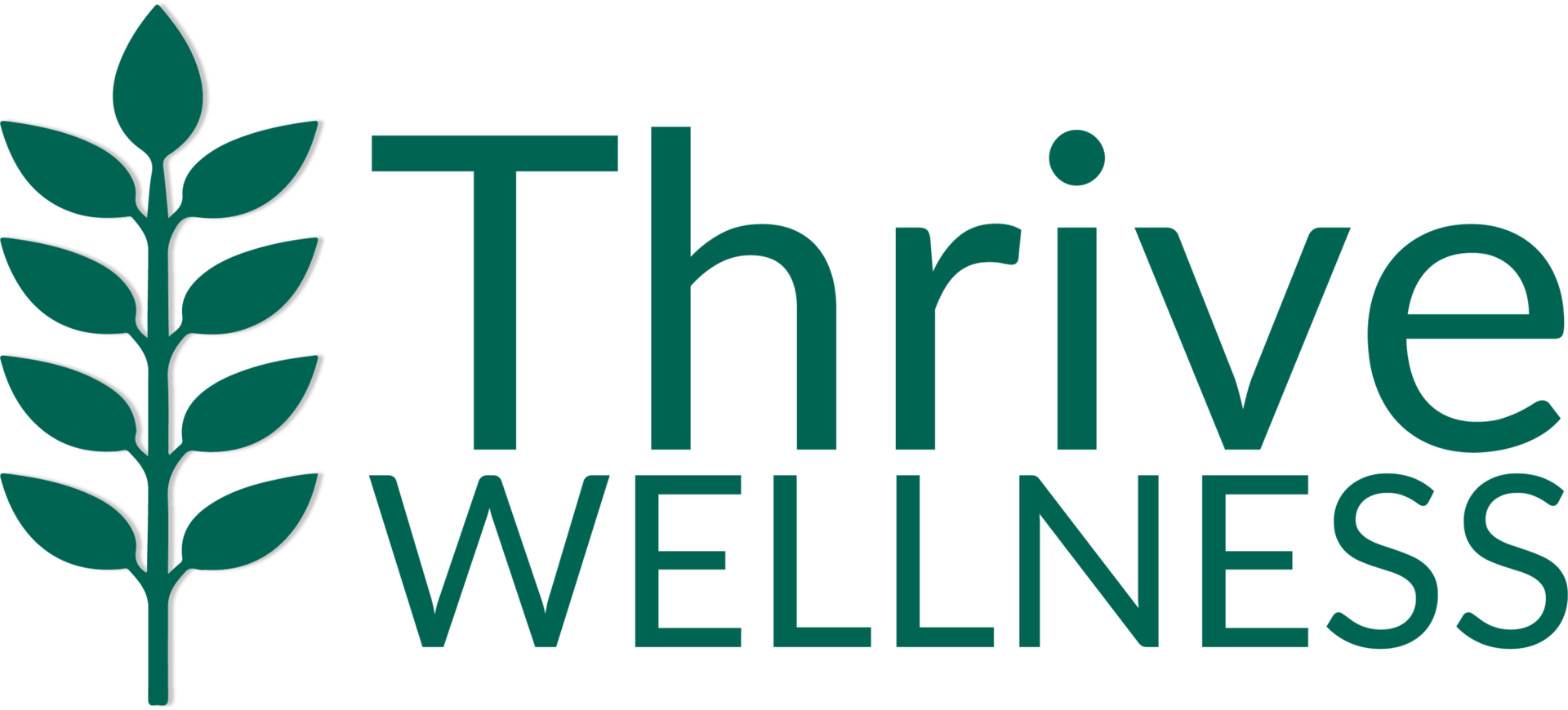Six Ways Parents Can Promote Body Positivity and Food Neutrality in Children

By Thrive Wellness Sacramento Director of Child & Adolescent Services Alexis Nicodemus, AMFT, APCC
Facing potential exposure to misleading food and body messages at such impressionable ages, children are at risk of developing misconstrued ideas about food and their bodies. Parents can combat such harmful cultural conditioning by creating a foundation of body positivity and food neutrality at home. Here’s how:
1. Appreciate the ways the body helps us accomplish all elements of life.
To instill body positivity at a young age, parents can guide their children in expressing gratitude for the body and all its amazing capabilities. The practice can be as simple as encouraging children to acknowledge and appreciate their toes for helping them stand. By emphasizing the function of different body parts, any focus on physical appearance can be transcended by parents’ and children’s admiration for the purposeful dynamism of the body.
2. Refrain from remarks about appearances.
Comments on appearances, whether positive or negative, can be triggering for adults and children alike. Placing undue meaning on how someone looks dismisses the precious value of their authentic self. Parents can emphasize the inner worth that all humans possess by outwardly appreciating individuals on a holistic level, instead of using surface-level comments to describe appearances. That way, children can learn to derive their sense of identity from deeper elements of their being, such as their character, values, and inherent dignity.
3. Ensure children wear clothes that fit their current developmental state.
As children mature and their bodies change, they may feel uncomfortable in their own skin at times. Wearing clothes that fit their current developmental state can help children adapt to their growing and developing bodies and encourage self-confidence .
4. Limit, monitor, and help curate children’s social media use.
Research points to a link between mental health concerns and social media use. For youths, the breadth of content on social media can be confusing, unrealistic, and even harmful. Bullying and unfair comparison to others are also prevalent risks for youths using social media. Due to these dangers, parents may consider limiting their children’s social media use.
If they do permit their children to use social media, parents may find it beneficial to monitor the content their children are exposed to while also curating their feed. Parents may choose to include inspiring, enriching, and encouraging social media content for their children to view. Such content might include body appreciation posts that embrace natural appearances, instead of images that are overly edited to align with skewed cultural standards of beauty.
5. Embrace food neutrality.
Largely due to the diet industry’s influence , many perceive foods as either “healthy” or “unhealthy.” Because food is often closely associated with body image, contorting the quality of foods as either “good” or “bad” can harm individuals’ relationships with both food and their bodies and even lead to disordered eating behaviors .
Contrary to societal standards, all foods are equal as they help keep us alive by fueling our bodies. In order to combat dangerous cultural messaging, families should treat all foods the same while also emphasizing food’s role in being the source of vital energy. Parents should encourage and empower their children to trust their own bodies’ internal signals to let them know when, what, and how much to eat.
Additionally, it may be helpful for families to approach nourishment using the ABC’s of nutrition:
- Adequacy: Eating adequately helps provide the body and brain with the necessary energy to function properly.
- Balance: Incorporating a balance of various types of foods in each food group can help ensure the intake of an appropriate array of nutrients.
- Choice: Exercising personal choice in all decisions about eating can transcend any misinformation about the moral values of different foods or other misleading information about nutrition.
Parents should also stray away from conversations about dieting, as dieting behavior can interfere with one’s ability to listen to their own natural hunger and fullness cues . Instead, parents should remain impartial when speaking about food and take opportunities to reinforce food’s ability to evoke nourishing, cathartic, and social experiences.
6. When possible, eat together as a family.
Making time for family meals can promote mental well-being for parents and children. At the table, family members can learn more about each other, connect with one another, and give each other undivided attention, all while nourishing themselves and enriching the entire relationship of the family.
THRIVE HERE
While parents can do their absolute best to foster healthy associations with food and the body in their children, sometimes there may be deeper mental and behavioral health conditions at root that result in disordered eating behaviors or diagnosed eating disorders. These serious health concerns require professional guidance for lasting recovery. If your child is struggling with body image or food-related concerns, our multidisciplinary team of psychiatrists, therapists, dietitians, and more can provide compassionate, clinical care that guides your loved one towards a more accepting, intuitive, and confident relationship with food and their body. Reach out to learn more about our outpatient therapy and eating disorder treatment services .
About the Author
Thrive Wellness Sacramento Director of Child & Adolescent Services Alexis Nicodemus, AMFT, APCC
Alexis Nicodemus earned a bachelor’s degree in early childhood education with a minor in counseling as well as a master’s degree in counseling from Sacramento State University in California. Her clinical experience includes working in intensive outpatient programs as well as residential facilities for eating disorder recovery. As the director of child and adolescent services at Thrive Wellness Sacramento, Alexis helps to ensure that program curriculum is properly implemented, works to collect collateral contacts as needed to support treatment, and offers therapeutic services to clients experiencing eating disorders and co-existing conditions.
As a clinical therapist, Alexis employs modalities such as cognitive-behavioral therapy (CBT), dialectical behavior therapy (DBT), and mindfulness practices to support clients struggling with mental and behavioral health concerns. Her passion is to assist individuals in the ways they most need in order to find joy, hope, and purpose along the path to healing. Alexis wants clients to know that while life inevitably presents challenges, they are not alone in facing them and there is always light at the end of the tunnel. She strongly promotes the importance of mental health, emphasizes that each of us matters, and advocates for seeking assistance when one’s well-being depends on it.
The post Six Ways Parents Can Promote Body Positivity and Food Neutrality in Children first appeared on Thrive Wellness.








